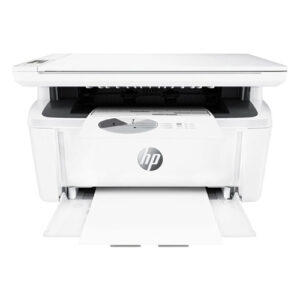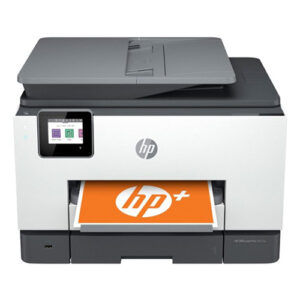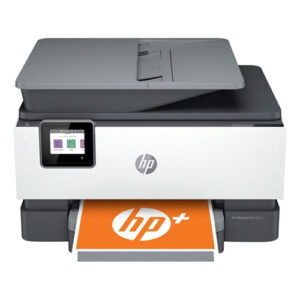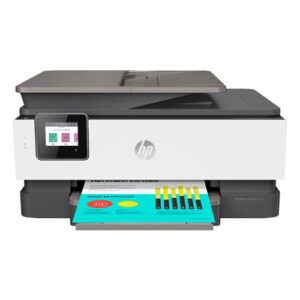Connect Your Printer
Wirelessly
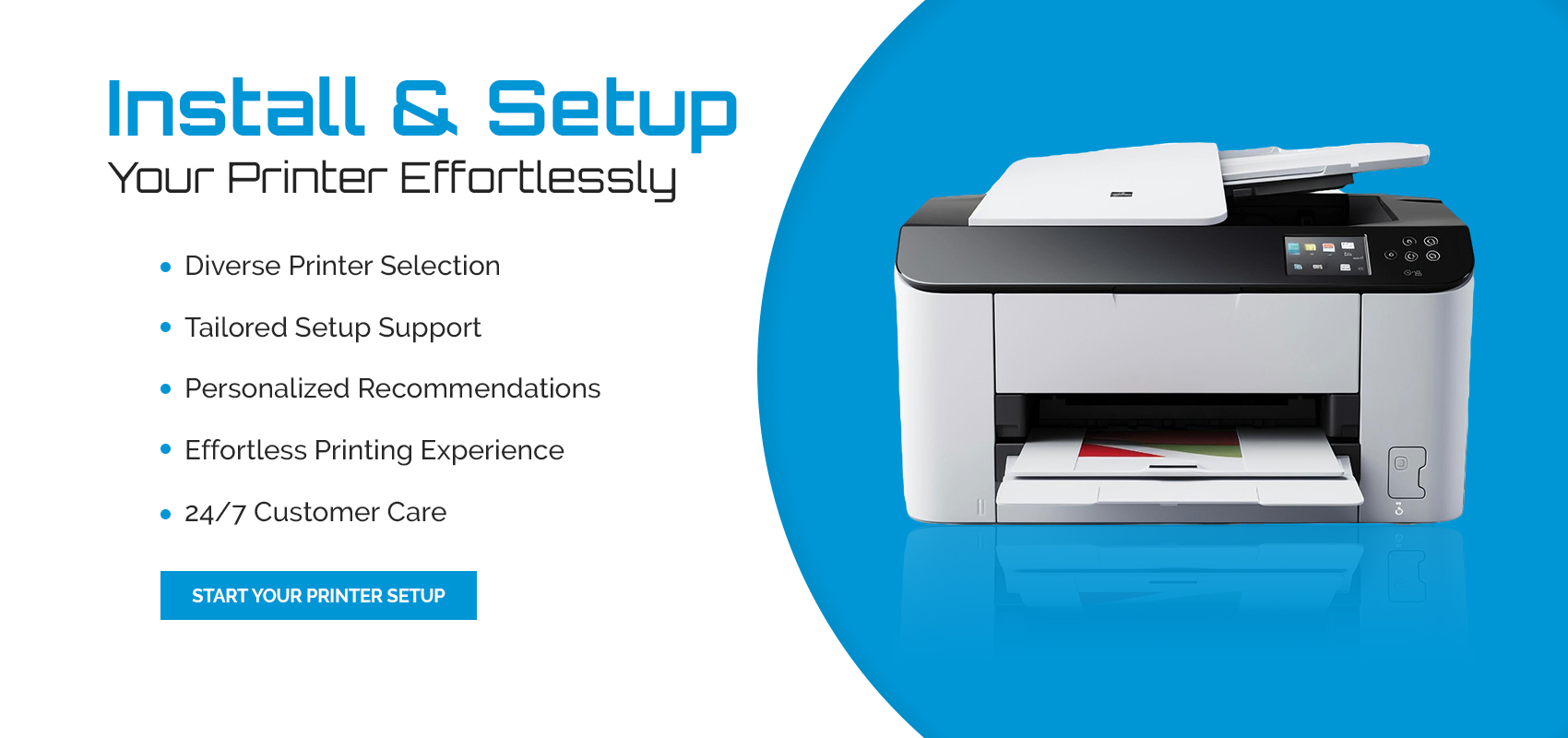
Solution
In order to print to a Wi-Fi printer, we need to have a driver for it. We have a collection of drivers for most printer models available on the market today. Setup Your Wifi Printer today!
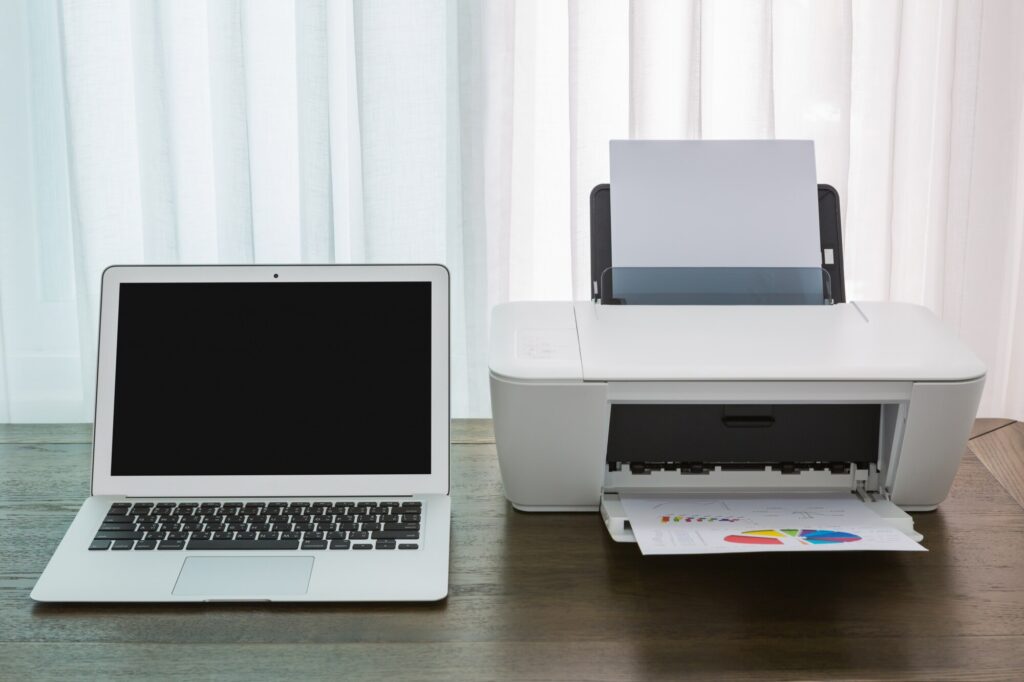
-
Sale!
HP LaserJet Pro MFP M29W – White and Adobe – Creative Cloud Photography Plan 20GB (1-Year Subscription)
₹329.99Original price was: ₹329.99.₹249.99Current price is: ₹249.99. -
Sale!
HP – OfficeJet Pro 9025e Wireless All-In-One Inkjet Printer with 6 months of Instant Ink Included with HP+ – White
₹499.99Original price was: ₹499.99.₹394.99Current price is: ₹394.99. -
Sale!
HP – OfficeJet Pro 8035e Wireless All-In-One Inkjet Printer with up to 12 months of Instant Ink Included with HP+ – Basalt
₹329.99Original price was: ₹329.99.₹249.99Current price is: ₹249.99.
Printer Setup and Installation Guide: A Step-by-Step Approach to Effortless Printing
Introduction
Getting your printer up and running right is key to avoiding headaches down the line. Whether you’re at home or in the office, knowing how to properly set up your device can save time and money. Printers are everywhere now, so it’s smart to understand the best way to install them without fuss. Many users stumble when connecting new printers, but this guide clears up the confusion. Follow these steps to enjoy smooth printing from day one.
Choosing the Right Printer for Your Needs
Factors to Consider When Selecting a Printer
Picking the perfect printer depends on what you’ll use it for. Think about how much printing you do, whether you want ink or laser technology, and if color matters. Compatibility with your devices and phones is also important. Check if your computer runs Windows, Mac, or Linux so the driver install goes smoothly. Connectivity options matter too—do you want Wi-Fi, Ethernet, or just a simple USB connection?
Types of Printers and Their Ideal Use Cases
- Inkjet printers excel at printing high-quality photos and are great for casual use around the house.
- Laser printers work faster and are better for high-volume printing, making them perfect for offices.
- All-in-One printers combine printing with scanning and copying, ideal for small businesses or busy homes.
Preparing for Printer Installation
Unboxing and Initial Inspection
Before doing anything, open the box carefully. Confirm all parts listed in the manual are there. Look for any shipping damages or missing pieces like power cords or ink cartridges. Proper inspection prevents surprises when you start setting up.
Gathering Necessary Supplies and Software
Get ready with the essentials. You’ll need the power cord, the right ink or toner cartridges, and paper. Save time by visiting the manufacturer’s website beforehand—download the latest drivers and software for your printer model. Installing updated drivers makes your printer work better and reduces glitches.
Environment Setup Tips
Choose a sturdy, clutter-free spot near an electrical outlet. Make sure there’s space not just for the printer but also for loading paper or replacing cartridges. Good ventilation helps avoid overheating, especially during long printing jobs.
Step-by-Step Printer Installation Process
Connecting Hardware Components
Start by installing ink or toner cartridges; most printers have a straightforward access panel. Load the paper tray with the right size of paper. Connect the printer to the power outlet and turn it on. Follow any prompts on the device’s display to prepare for setup.
Establishing Wired Connections
- USB connection: Plug the cable into your printer and computer. If the computer doesn’t recognize the printer, check the cable and port.
- Ethernet cable: Connect the printer directly to your router or switch, perfect for sharing a printer among multiple devices in an office environment.
Setting Up Wireless Connectivity
Connecting your printer to Wi-Fi can feel tricky at first, but it’s simple once you follow these steps:
- Turn on the printer and go to its network settings.
- Find your Wi-Fi network and select it.
- Enter your Wi-Fi password when prompted.
- Wait for the connection confirmation. If trouble arises, restart the device and router, then try again.
Installing Printer Drivers and Software
You can install from a CD or directly from the manufacturer’s website. Follow the on-screen prompts carefully. Always check for firmware updates to keep your printer running smoothly and securely.
Configuring Printer Settings
Set your default printer so your computer always uses it unless specified otherwise. Adjust print quality, paper size, and color settings to suit your needs. These options can usually be found in the printer properties menu.
Configuring and Testing the Printer
Network and Printer Configuration
For network printers, assigning a static IP address ensures it doesn’t change, making it easier to find on your network. To allow multiple users to access it, enable sharing in your computer’s settings.
Performing Test Prints and Diagnostics
Printed test pages help verify everything is working well. They also reveal issues like color misalignment or clogged print heads. Use built-in utility tools to calibrate and clean your printer regularly to keep print quality high.
Troubleshooting Common Issues
- Connectivity problems: Restart your devices, recheck cables, or reset network settings.
- Driver errors: Remove and reinstall drivers. Always use official sources.
- Paper jams: Clear jams carefully, following your user manual.
- Poor print quality: Run cleaning cycles and replace cartridges if needed.
Best Practices for Maintenance and Troubleshooting
Regular Maintenance Tips
Keep your printer in top shape with routine cleaning of print heads, rollers, and paper paths. Replace cartridges before they run completely out to prevent print quality drops. Storing paper properly will avoid paper jams or wrinkled sheets.
Software and Firmware Updates
Regular updates improve security and fix bugs. Check the manufacturer’s website periodically for updates and install them to keep your printer performing at its best.
When to Seek Professional Assistance
If hardware issues persist despite troubleshooting, call in a service technician. Similarly, complex network setups or persistent software conflicts may require expert help to resolve efficiently.
Conclusion
Setting up your printer might seem complicated, but it’s all about following a logical sequence. From choosing the right device to proper installation and regular maintenance—each step ensures your printer lasts longer and prints better. Keep instructions handy, stay updated with firmware, and don’t hesitate to ask for help if needed. With a little effort, you’ll enjoy hassle-free printing every time.








